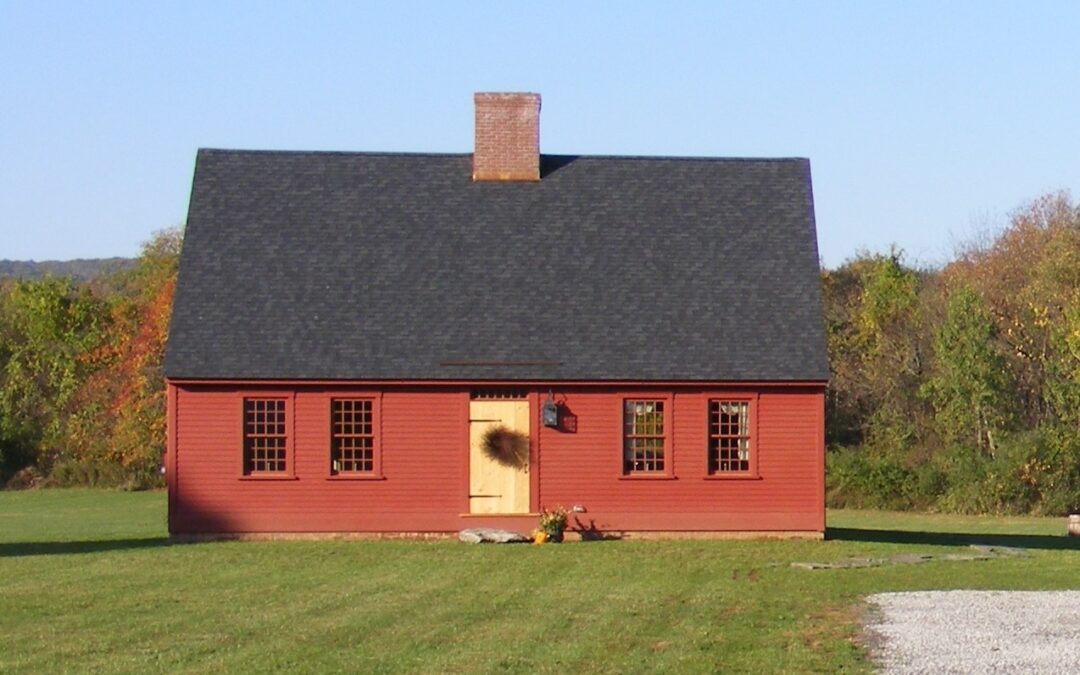Prefabricated houses are made in segments or modules at a factory and then shipped to the building site for assembly. This method contrasts with traditional on-site construction, where each part of the house is built from scratch at the location. The concept of prefabrication isn’t new; it has evolved increasingly over the years, with advancements in technology and materials improving both the quality and aesthetics of these homes.
As the demand for affordable, efficient, and stylish housing grows, prefabricated homes have become an increasingly popular choice among homeowners. Prefabricated homes, or “prefab homes,” are a modern solution offering numerous benefits without compromising quality or design.
Types of Prefabricated Homes
- Modular Homes: Modular homes are built in large sections (modules) in a factory and then transported to the site for assembly. These modules fit together seamlessly, creating a sturdy and cohesive structure. Professionals can customize modular homes to suit individual preferences and often resemble traditional homes in appearance.
- Panelized Homes: Panelized homes are constructed from pre-made panels, including walls, floors, and roofs. These panels are shipped to the site and assembled quickly. This method offers flexibility in design and can accommodate various architectural styles.
- Pre-Cut Homes: Pre-cut homes, also known as building house kits, include all the necessary materials cut to precise dimensions in the factory. These kits come with detailed assembly instructions, making it easier for homeowners or contractors to assemble the house on-site. This type of prefabricated home is ideal for those looking to combine the efficiency of prefab construction with the satisfaction of hands-on building.
- Manufactured Homes: Manufactured homes are made in a factory and transported to the site in one or more sections. Unlike modular or panelized homes, manufactured homes are often placed on a permanent chassis and can be relocated if needed.
The Benefits of Prefabricated Homes
- Cost-Effective: Prefabricated homes are generally more affordable than traditional homes due to the efficiencies gained in the factory construction process. Bulk purchasing of materials and reduced labor costs contribute to overall savings.
- Speed of Construction: Building a prefab home is significantly faster than traditional construction. While conventional homes can take a lot of time to complete, prefabricated homes can be built and assembled in less time.
- Quality Control: Because prefabricated homes are built in a controlled factory environment, weather-related delays or damage is less likely. This setting also allows for stringent quality control measures, ensuring each component meets high standards.
- Sustainability: Prefabricated homes often use eco-friendly materials and processes, resulting in less waste than traditional construction. Additionally, many prefab homes are designed with energy efficiency in mind, reducing the environmental impact.
Key Differences Between Prefabricated Homes and Kit Homes
While both prefabricated homes and kit homes offer unique advantages, there are some key differences to consider. Prefabricated homes are constructed in a factory and assembled on-site, often involving modular or panelized sections. In contrast, like those provided by Early New England Homes, kit homes come with pre-cut materials with detailed assembly instructions, offering a more hands-on building experience.
By choosing Early New England Homes, you get the satisfaction of building your own home with the support of a trusted provider. Our New England-style kit homes blend tradition and innovation, ensuring your home is beautiful and functional.
Ready to have your own New England dream home? We’re here to help!
Visit our model home in Bolton to experience the Early New England Homes difference firsthand.
- Address: 26 West Street (Rt. 85), Bolton, CT 06043
- Operating Hours: Monday to Friday: 8:00 – 4:30. Saturday: 9:00 – 2:00
For more information or to schedule a consultation, please contact us at:

